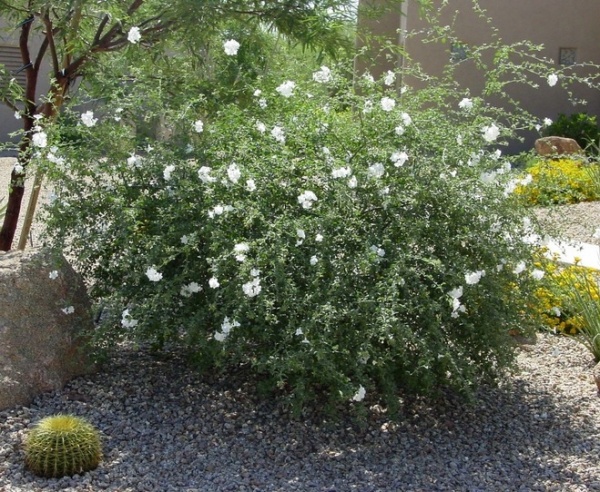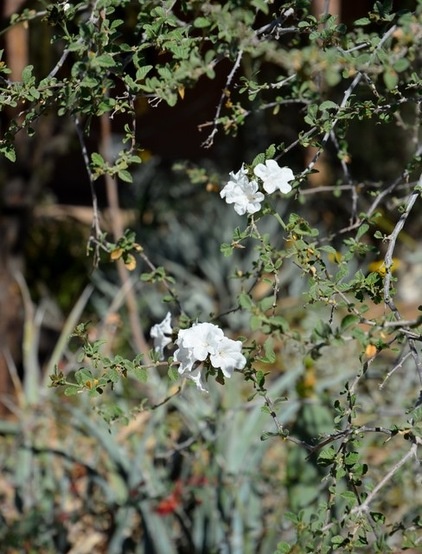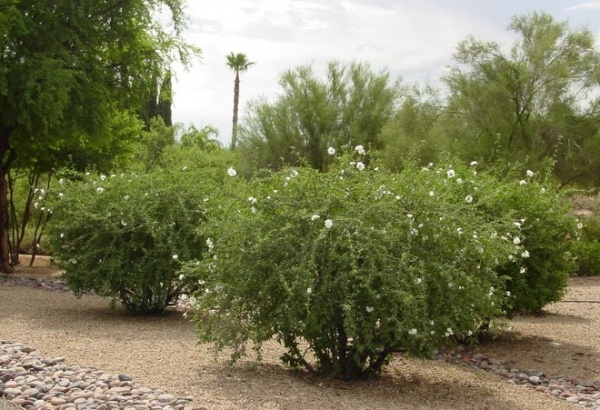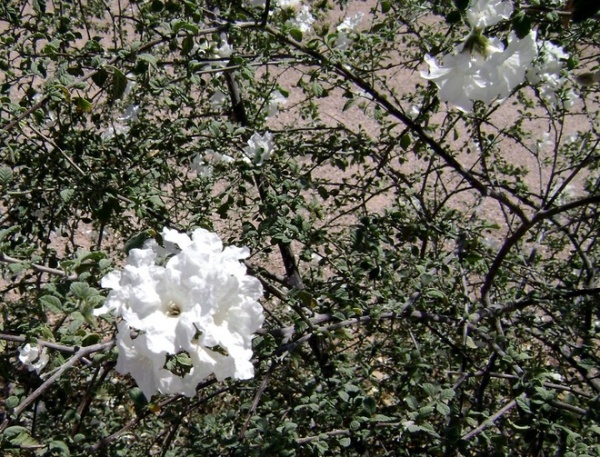Great Design Plant: Little-Leaf Cordia Handles Desert Extremes
http://decor-ideas.org 08/07/2014 02:14 Decor Ideas
Little-leaf cordia (Cordia parvifolia) is the perfect addition to the desert landscape, where it adds beauty with its distinctive white flowers while also handling hot, reflected sun and temperatures into the teens. This large desert native is drought tolerant and needs little to no pruning, which makes it a great choice for low-maintenance landscapes. In addition to its other attributes, the flowers of this shrub deserve a special place in the Southwestern landscape, where desert-adapted, white-flowering plants can be hard to find.

Botanical name: Cordia parvifolia
Common name: Little-leaf cordia
Origin: Native to the arid Baja, Chihuahua and Sonoran regions of Mexico
Where it will grow: Hardy to 15 degrees Fahrenheit (USDA zone 8; find your zone)
Water requirement: Drought tolerant once established but looks best when watered deeply to 2 feet twice a month in the summer and once every three to four weeks in spring and fall; water once a month in winter
Light requirement: Full sun to light shade
Mature size: 4 to 8 feet tall and 4 to 10 feet wide
Benefits and tolerances: Drought tolerant
Seasonal interest: Flowers form in spring and sporadically afterward until late fall
When to plant: Fall or spring

Distinguishing traits. White-flowering plants are somewhat rare in the desert Southwest, so the white flowers of little-leaf cordia are especially prized in the landscape, where they help the other colors in the garden pop visually. The flowers have a delicate, papery appearance and grow to 1½ inches wide. Blooming begins in late winter or early spring and continues off and on into late fall. Flowering is enhanced with supplemental watering.
While the flowers may appear delicate, this large shrub is anything but. It can handle the extremes of the desert, such as intense heat, full sun, drought and temperatures into the teens.
It’s small gray-green leaves have a slightly rough texture and cover angular branches throughout the year in warmer regions of the Southwest. During periods of temperatures below 20 degrees, the leaves will drop but will return again in spring. Periods of extreme drought will also cause the leaves to fall until rainfall or supplemental water is received.

How to use it. Little-leaf cordia can be used to create a large informal hedge to screen out an undesirable view or to help delineate property lines. Because of its large size, be sure to allow at least 8 to 10 feet of width for it to grow. The angular branching of this shrub creates a nice natural shape, and it needs little to no pruning.
The natural shape of the shrub makes it a great plant to include in landscapes with a natural desert theme — especially when paired with Baja fairy duster, brittlebush, creosote (Larrea tridentata), Texas ranger or Valentine shrubs.
Little-leaf cordia won’t be bothered in areas that get blasted by the hot afternoon sun, and will thrive despite the tough conditions. It is also suitable for areas by pools because of its low litter.

Planting notes. Like most native desert plants, little-leaf cordia is not fussy. It does not require fertilizer and can grow in most soils except for heavy clay. Dig the planting hole at least three times wider than the root ball, which will help it to become established more quickly. Plant it in an area that receives full sun or light, filtered shade.
More: Browse plants native to your region
Related Articles Recommended












